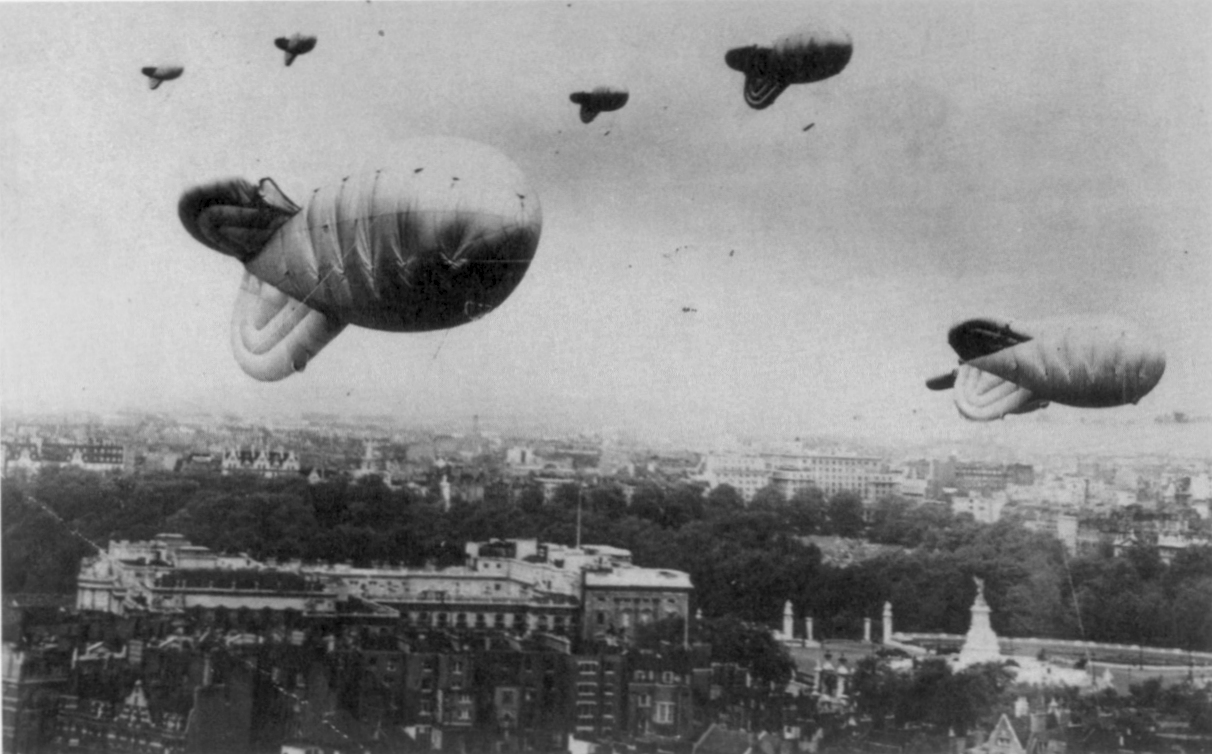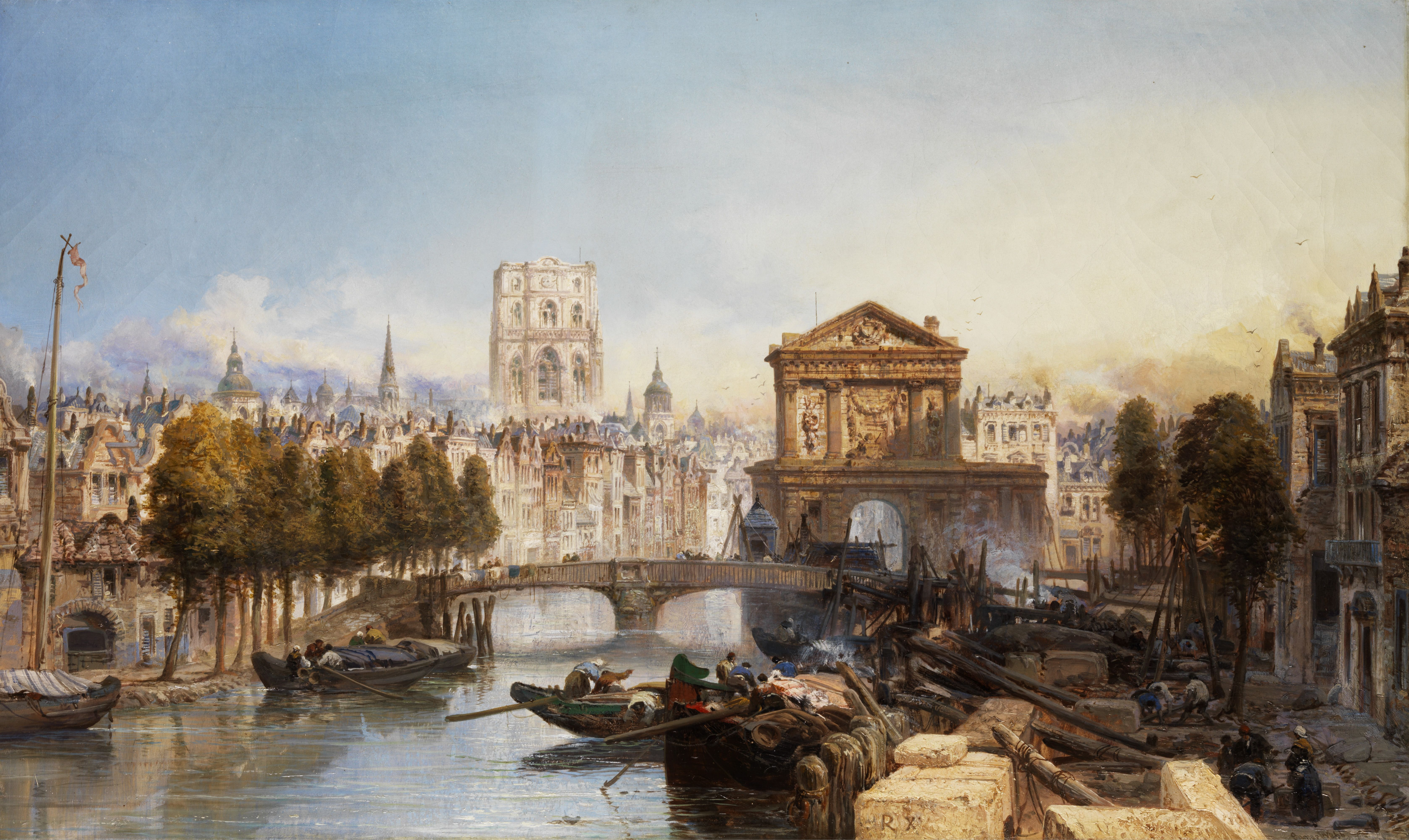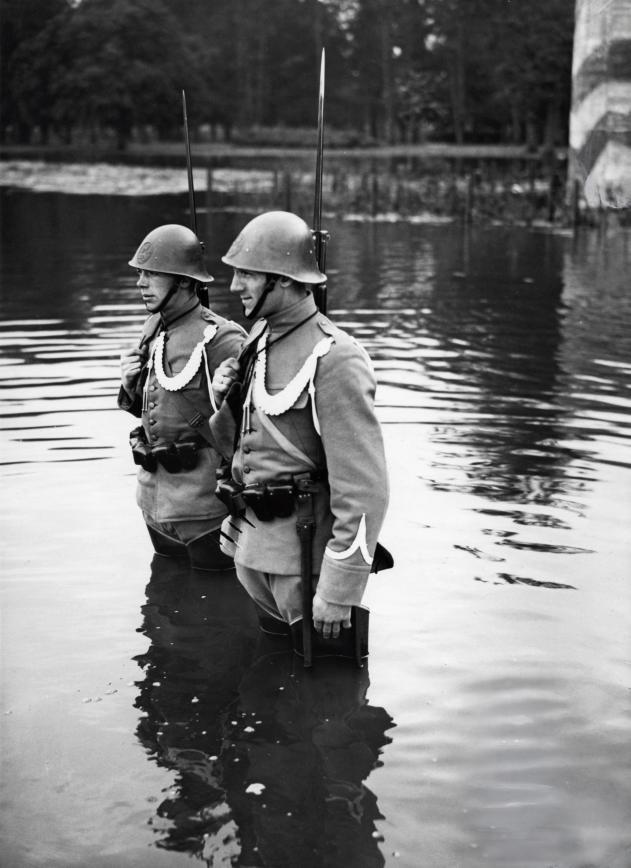|
KG 54
''Kampfgeschwader'' 54 "Totenkopf" (, KG 54) was a Luftwaffe bomber wing during World War II. It served on nearly all the fronts in the European Theatre where the German Luftwaffe operated. KG 54 was formed in May 1939. The bomber wing was equipped with two of the major German medium bomber types; the Heinkel He 111 and the Junkers Ju 88. It was given the insignia of a human skull and crossbones, with the bones significantly crossed behind the skull. This insignia for the entire bomber wing was sometimes displayed on a shield-like device, but more often depicted over a normal camouflage pattern. It bore a strikingly close graphic resemblance to that of the 3rd SS Panzer Division, known as the "Death's Head Division". The ''Totenkopf'' motif was inspired by the Braunschweiger Black Hussars. KG 54 began its first campaign in September 1939 when German forces invaded Poland, which began World War II. It spent the Phoney War resting and refitting though it did carry out leaflet-dr ... [...More Info...] [...Related Items...] OR: [Wikipedia] [Google] [Baidu] |
Luftwaffe
The Luftwaffe () was the aerial warfare, aerial-warfare branch of the before and during World War II. German Empire, Germany's military air arms during World War I, the of the Imperial German Army, Imperial Army and the of the Imperial German Navy, Imperial Navy, had been disbanded in May 1920 in accordance with the terms of the 1919 Treaty of Versailles, which banned Germany from having any air force. During the interwar period, German pilots were trained secretly in violation of the treaty at Lipetsk (air base), Lipetsk Air Base in the Soviet Union. With the rise of the Nazi Party and the repudiation of the Versailles Treaty, the Luftwaffe's existence was publicly acknowledged and officially established on 26 February 1935, just over two weeks before open defiance of the Versailles Treaty through German rearmament and conscription would be announced on 16 March. The Condor Legion, a Luftwaffe detachment sent to aid Nationalist faction (Spanish Civil War), Nationalist for ... [...More Info...] [...Related Items...] OR: [Wikipedia] [Google] [Baidu] |
Phoney War
The Phoney War (; ; ) was an eight-month period at the outset of World War II during which there were virtually no Allied military land operations on the Western Front from roughly September 1939 to May 1940. World War II began on 3 September 1939 with declarations of war by the United Kingdom and France against Germany, but with little actual warfare occurring. Thus began the "Phoney" period. Although the Western Allies did not conduct major military actions during the Phoney War, they did implement economic warfare, especially a naval blockade of Germany, and they shut down German surface raiders. They meanwhile formulated elaborate plans for large-scale operations designed to cripple the German war effort. The plans included opening an Anglo-French front in the Balkans, invading Norway to seize control of Germany's main source of iron ore, and imposing an embargo against the Soviet Union which was Germany's primary oil supplier. By April 1940, the execution of the No ... [...More Info...] [...Related Items...] OR: [Wikipedia] [Google] [Baidu] |
The Blitz
The Blitz (English: "flash") was a Nazi Germany, German bombing campaign against the United Kingdom, for eight months, from 7 September 1940 to 11 May 1941, during the Second World War. Towards the end of the Battle of Britain in 1940, a contest for daylight air superiority over the United Kingdom between the and the Royal Air Force, Germany began conducting mass air attacks against British cities, beginning with London, in an attempt to draw the RAF Fighter Command into a battle of annihilation.Price 1990, p. 12. Adolf Hitler and Hermann Göring, commander-in-chief of the Luftwaffe, ordered the new policy on 6 September 1940. From 7 September 1940, London was systematically bombed by the Luftwaffe for 56 of the following 57 days and nights. Notable attacks included a large daylight attack against London on Battle of Britain Day, 15 September, a large raid on 29 December 1940 against London -- resulting in a firestorm known as the Second Great Fire of London,Hooton 1997, p. ... [...More Info...] [...Related Items...] OR: [Wikipedia] [Google] [Baidu] |
Battle Of Britain
The Battle of Britain () was a military campaign of the Second World War, in which the Royal Air Force (RAF) and the Fleet Air Arm (FAA) of the Royal Navy defended the United Kingdom (UK) against large-scale attacks by Nazi Germany's air force, the Luftwaffe. It was the first major military campaign fought entirely by air forces."92 Squadron – Geoffrey Wellum." ''Battle of Britain Memorial Flight'' via ''raf.mod.uk.''. Retrieved: 17 November 2010, archived 2 March 2009. It takes its name from This was their finest hour, the speech given by Prime Minister Winston Churchill to the House of Commons of the United Kingdom, House of Commons on 18 June: "What Maxime Weygand, General Weygand called the 'Battle of France' is over. I expect that the Battle ... [...More Info...] [...Related Items...] OR: [Wikipedia] [Google] [Baidu] |
Battle Of France
The Battle of France (; 10 May – 25 June 1940), also known as the Western Campaign (), the French Campaign (, ) and the Fall of France, during the Second World War was the Nazi Germany, German invasion of the Low Countries (Belgium, Luxembourg and the Netherlands) and French Third Republic, France. The plan for the invasion of the Low Countries and France was called (Case Yellow or the Manstein plan). (Case Red) was planned to finish off the French and British after the Dunkirk evacuation, evacuation at Dunkirk. The Low Countries and France were defeated and occupied by Axis troops down to the Demarcation line (France), Demarcation line. On 3 September 1939, French declaration of war on Germany (1939), France and United Kingdom declaration of war on Germany (1939), Britain declared war on Nazi Germany, over the German invasion of Poland on 1 September. In early September 1939, the French army began the limited Saar Offensive but by mid-October had withdrawn to the start line ... [...More Info...] [...Related Items...] OR: [Wikipedia] [Google] [Baidu] |
Battle Of Belgium
The invasion of Belgium or Belgian campaign (10–28 May 1940), often referred to within Belgium as the 18 Days' Campaign (; ), formed part of the larger Battle of France, an Military offensive, offensive campaign by Nazi Germany, Germany during the World War II, Second World War. It took place over 18 days in May 1940 and ended with the German occupation of Belgium following the surrender of the Belgian Land Component, Belgian Army. On 10 May 1940, Germany Invasion of Luxembourg, invaded Luxembourg, Battle of the Netherlands, the Netherlands, and Belgium under the operational plan ''Manstein Plan, Fall Gelb'' (Case Yellow). The Allied armies Dyle Plan, attempted to halt the German Army in Belgium, believing it to be the main German thrust. After the French had fully committed the best of the Allies of World War II, Allied armies to Belgium between 10 and 12 May, the Germans enacted the second phase of their operation, a break-through, or sickle cut, through the Ardennes, and adv ... [...More Info...] [...Related Items...] OR: [Wikipedia] [Google] [Baidu] |
Dutch Army
The Royal Netherlands Army (, KL) is the land branch of the Netherlands Armed Forces. Though the Royal Netherlands Army was raised on 9 January 1814, its origins date back to 1572, when the was raised making the Dutch standing army one of the oldest in the world. It fought in the Napoleonic Wars, World War II, the Indonesian War of Independence and the Korean War, as well as served with NATO on the Cold War frontiers in West Germany from the 1950s to the 1990s. Since 1990, the army has been sent into the Iraq War (from 2003) and into the War in Afghanistan, as well as deployed in several United Nations' peacekeeping missions (notably with UNIFIL in Lebanon, UNPROFOR in Bosnia-Herzegovina and MINUSMA in Mali). The tasks of the Royal Netherlands Army are laid out in the Constitution of the Netherlands: defend the territory of the Kingdom of the Netherlands (including the Dutch Caribbean) and all of its allies, protect and advance the international legal order and to supp ... [...More Info...] [...Related Items...] OR: [Wikipedia] [Google] [Baidu] |
Rotterdam Blitz
In 1940, Rotterdam was subjected to heavy aerial bombardment by the ''Luftwaffe'' during the German invasion of the Netherlands during the Second World War. The objective was to support the German troops fighting in the city, break Dutch resistance and force the Dutch army to surrender. Bombing began at the outset of hostilities on 10 May and culminated with the destruction of the entire historic city centre on 14 May, an event sometimes referred to as the Rotterdam Blitz. According to an official list published in 2022, at least 1,150 people were killed, with 711 deaths in the 14 May bombing alone, and 85,000 more were left homeless. The psychological and the physical success of the raid, from the German perspective, led the '' Oberkommando der Luftwaffe'' (OKL) to threaten to destroy the city of Utrecht if the Dutch command did not surrender. The Dutch surrendered in the late afternoon of 14 May and signed the capitulation early the next morning. Prelude The strategic locat ... [...More Info...] [...Related Items...] OR: [Wikipedia] [Google] [Baidu] |
Battle Of The Netherlands
The German invasion of the Netherlands (), otherwise known as the Battle of the Netherlands (), was a military campaign, part of Battle of France, Case Yellow (), the Nazi German invasion of the Low Countries (Belgium, Luxembourg, and the Netherlands) and French Third Republic, France during World War II. The battle lasted from 10 May 1940 until the surrender of the main Dutch forces on 14 May. Dutch troops in the province of Zeeland, Zealand continued to resist the Wehrmacht until 17 May, when Germany completed its occupation of the whole country. The invasion of the Netherlands saw some of the earliest mass paratroop drops, to occupy tactical points and assist the advance of ground troops. The German Luftwaffe used paratroopers in the capture of several airfields in the vicinity of Rotterdam and The Hague, helping to quickly overrun the country and immobilise Dutch forces. After the devastating German bombing of Rotterdam, Nazi bombing of Rotterdam by the Luftwaffe on 14 May ... [...More Info...] [...Related Items...] OR: [Wikipedia] [Google] [Baidu] |
Western Europe
Western Europe is the western region of Europe. The region's extent varies depending on context. The concept of "the West" appeared in Europe in juxtaposition to "the East" and originally applied to the Western half of the ancient Mediterranean world, the Latin West of the Roman Empire, and "Western Christendom". Beginning with the Renaissance and the Age of Discovery, roughly from the 15th century, the concept of ''Europe'' as "the Western world, West" slowly became distinguished from and eventually replaced the dominant use of "Christendom" as the preferred endonym within the area. By the Age of Enlightenment and the Industrial Revolution, the concepts of "Eastern Europe" and "Western Europe" were more regularly used. The distinctiveness of Western Europe became most apparent during the Cold War, when Europe was divided for 40 years by the Iron Curtain into the Western Bloc and Eastern Bloc, each characterised by distinct political and economical systems. Historical divisions ... [...More Info...] [...Related Items...] OR: [Wikipedia] [Google] [Baidu] |
Norway
Norway, officially the Kingdom of Norway, is a Nordic countries, Nordic country located on the Scandinavian Peninsula in Northern Europe. The remote Arctic island of Jan Mayen and the archipelago of Svalbard also form part of the Kingdom of Norway. Bouvet Island, located in the Subantarctic, is a Dependencies of Norway, dependency, and not a part of the Kingdom; Norway also Territorial claims in Antarctica, claims the Antarctic territories of Peter I Island and Queen Maud Land. Norway has a population of 5.6 million. Its capital and largest city is Oslo. The country has a total area of . The country shares a long eastern border with Sweden, and is bordered by Finland and Russia to the northeast. Norway has an extensive coastline facing the Skagerrak strait, the North Atlantic Ocean, and the Barents Sea. The unified kingdom of Norway was established in 872 as a merger of Petty kingdoms of Norway, petty kingdoms and has existed continuously for years. From 1537 to 1814, Norway ... [...More Info...] [...Related Items...] OR: [Wikipedia] [Google] [Baidu] |









